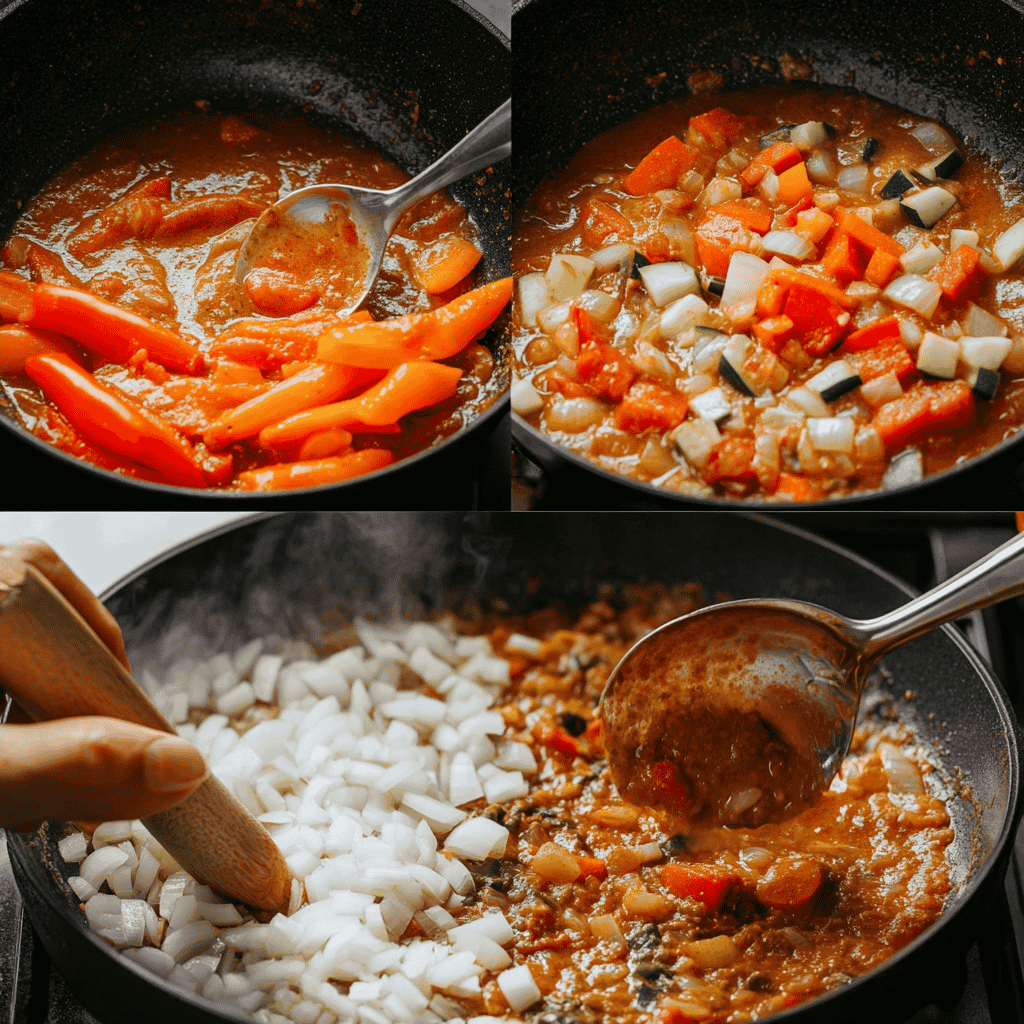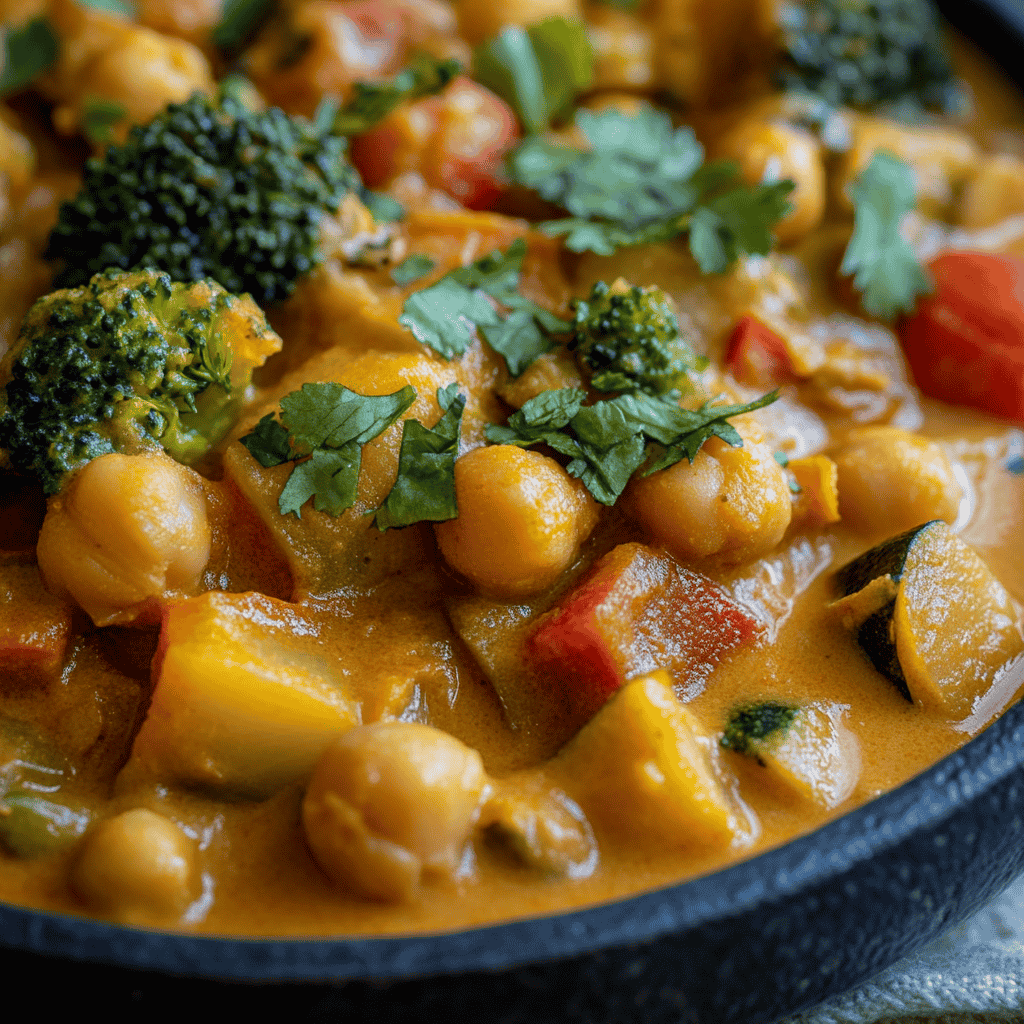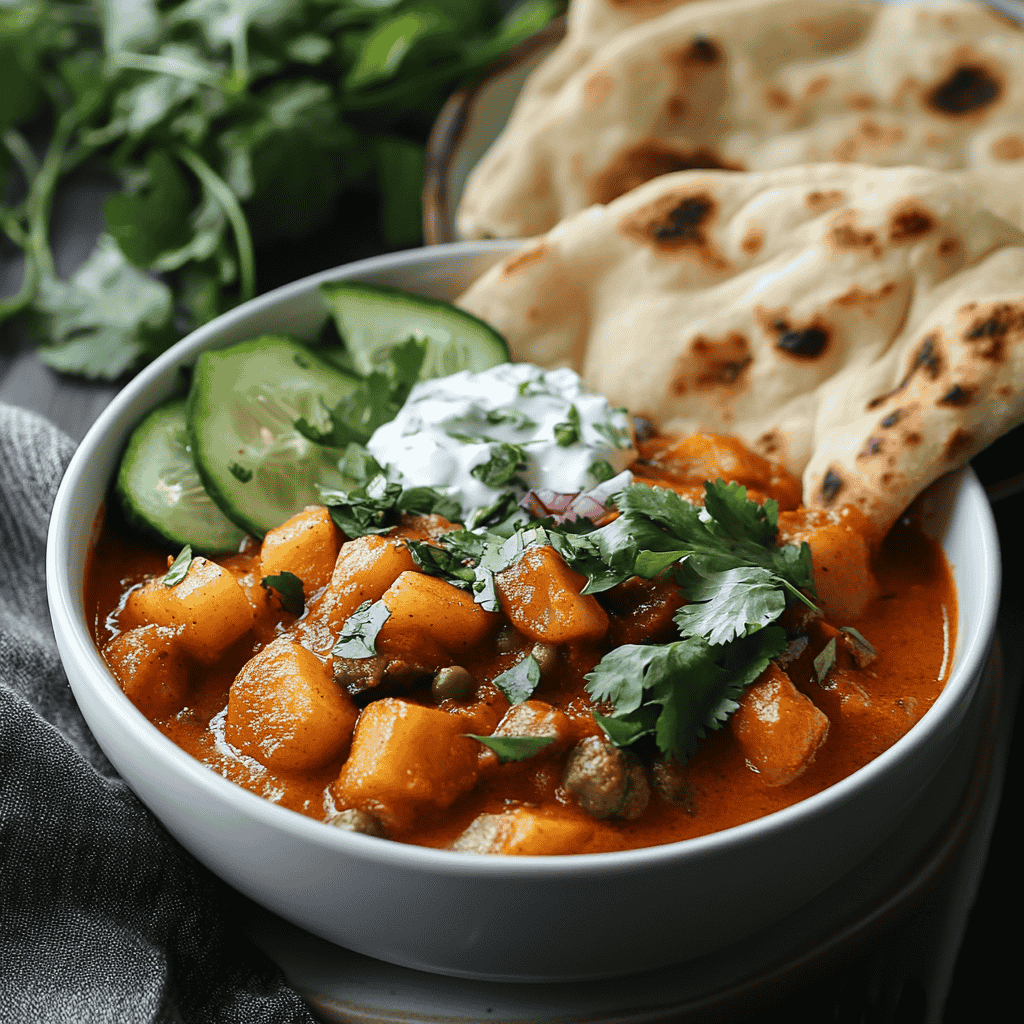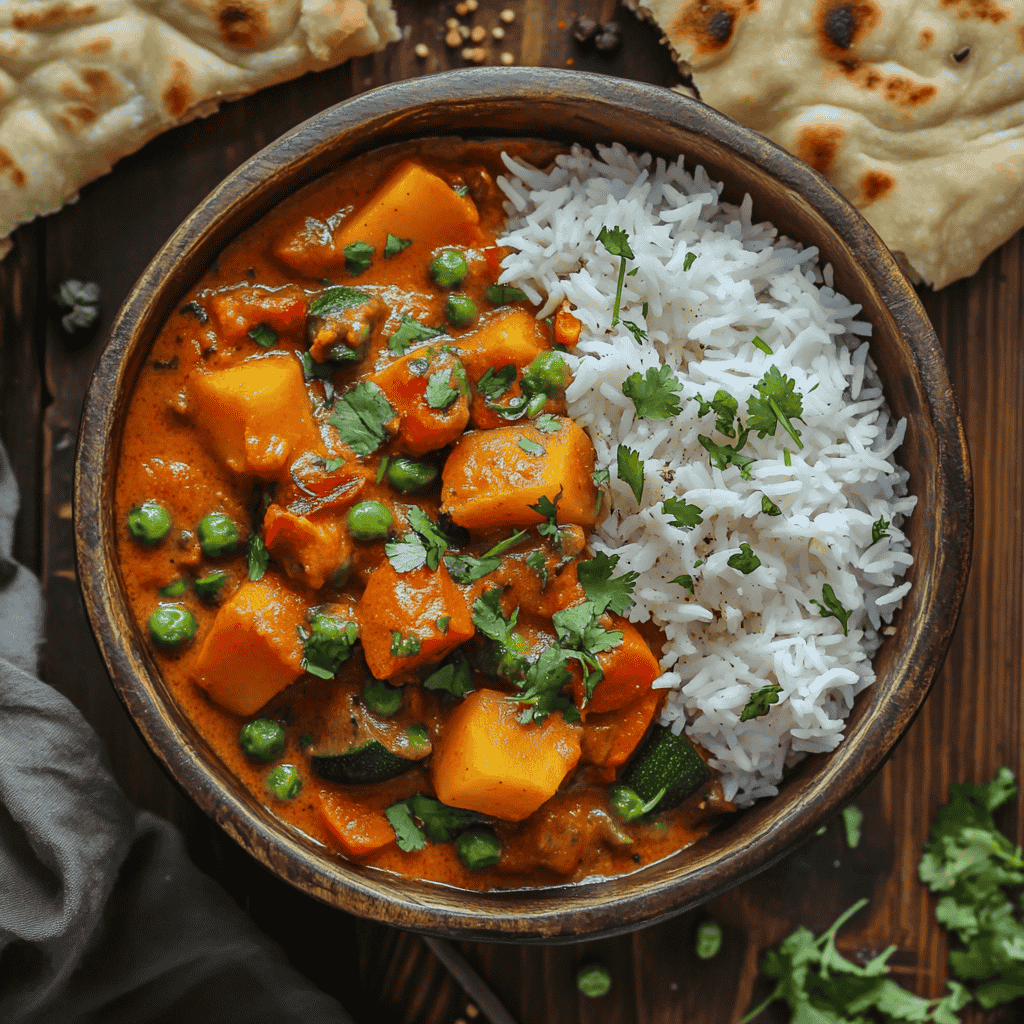Vegetable Curry | Easy & Flavorful Vegan Recipe
November 14, 2024
0 Comments
This Vegetable Curry is a hearty, nutrient-packed dish that’s both vegan and gluten-free. Made with fresh vegetables, aromatic spices, and creamy coconut milk, it’s perfect for a weeknight dinner or a comforting meal anytime. Serve it with rice, naan, or quinoa for a wholesome experience.






